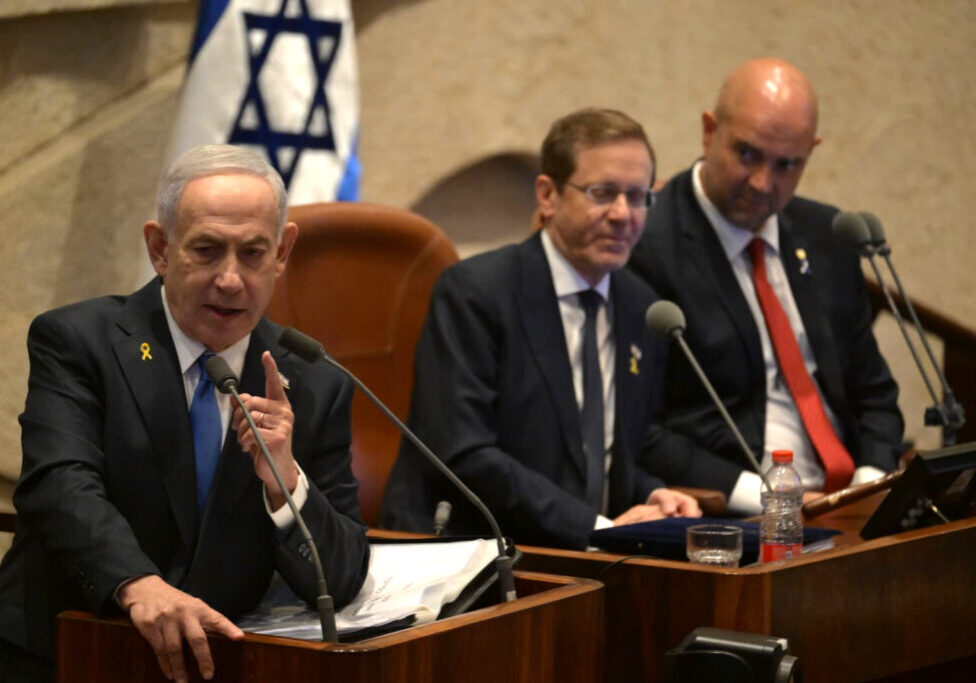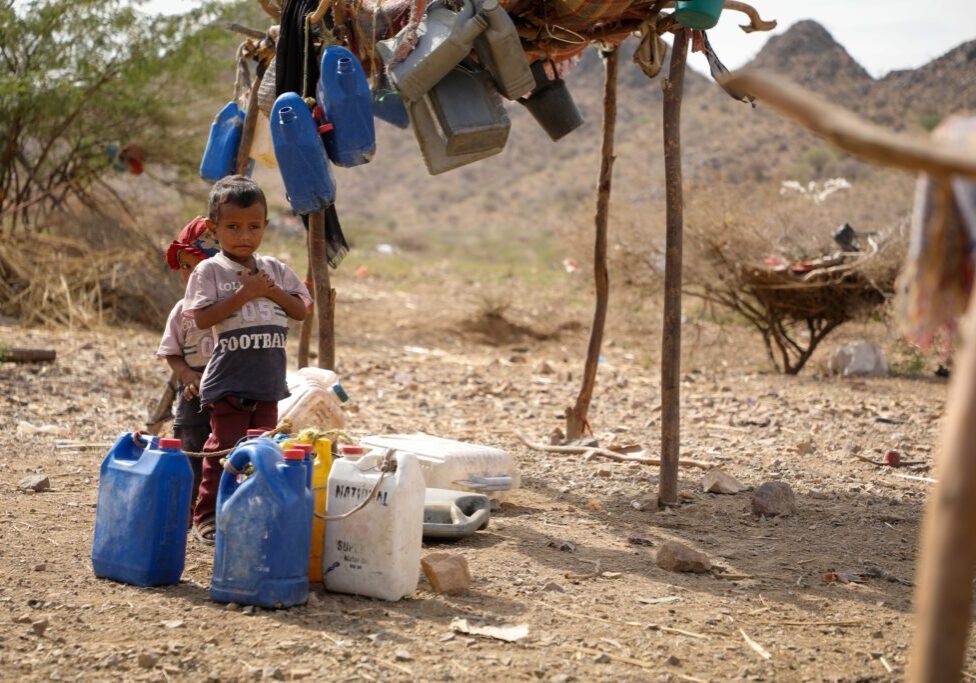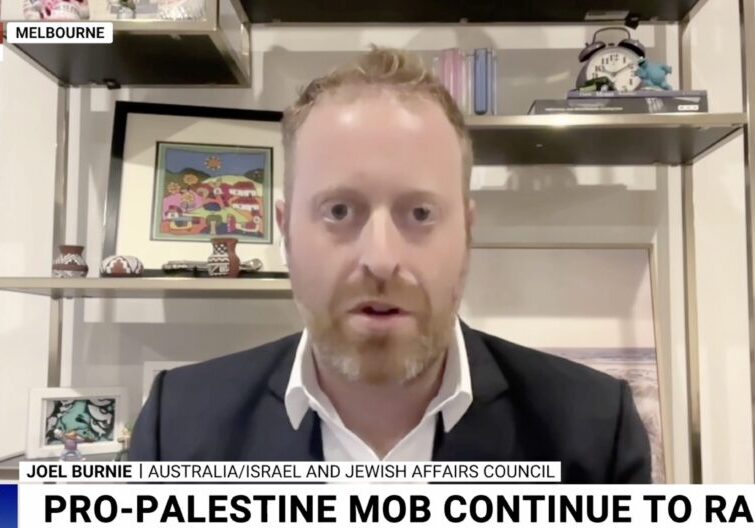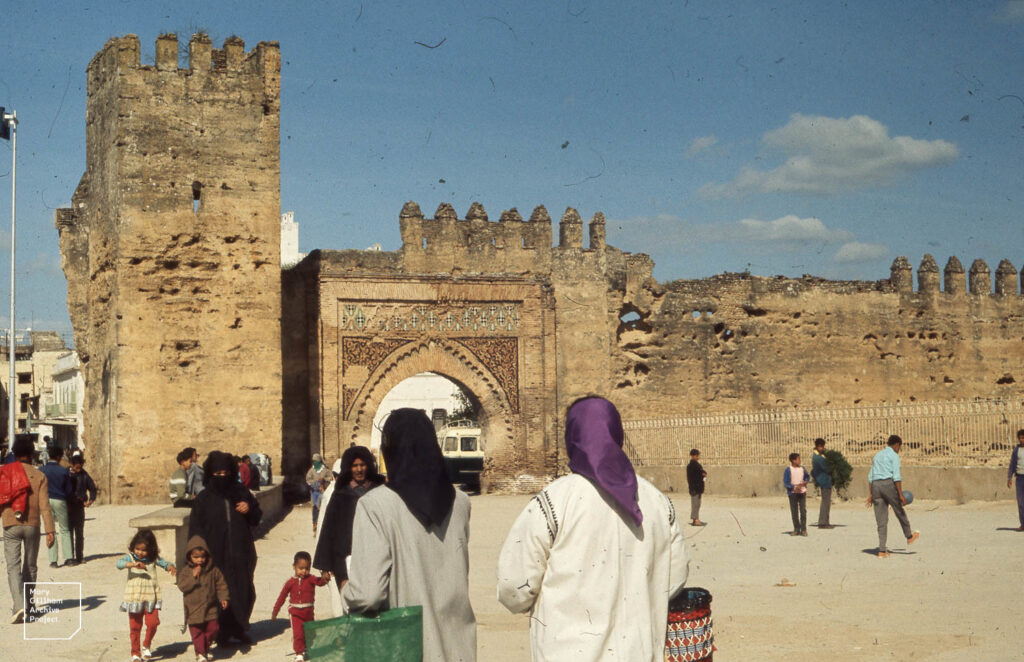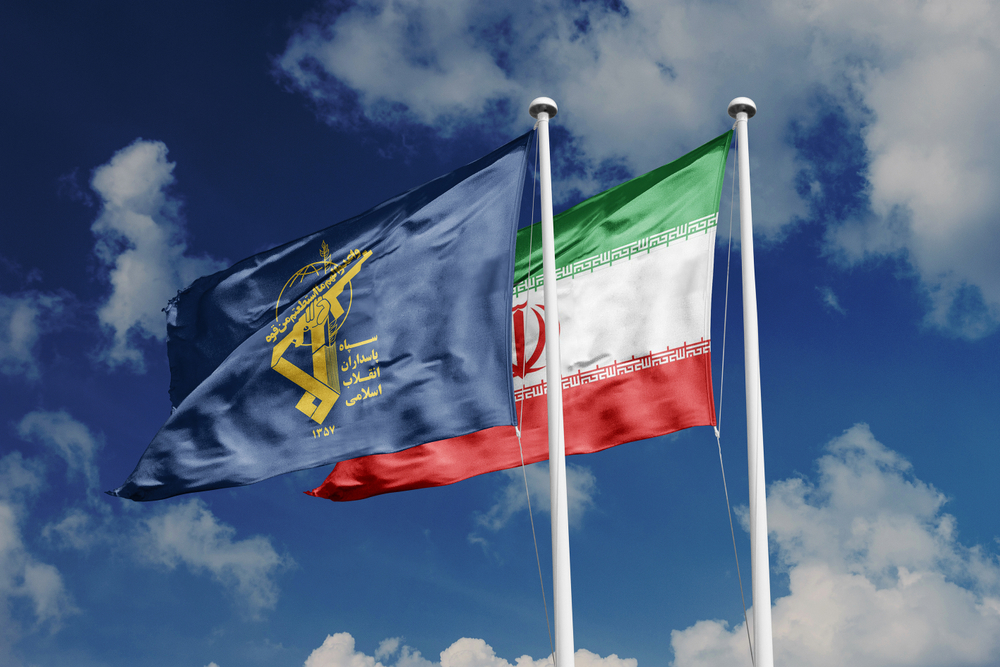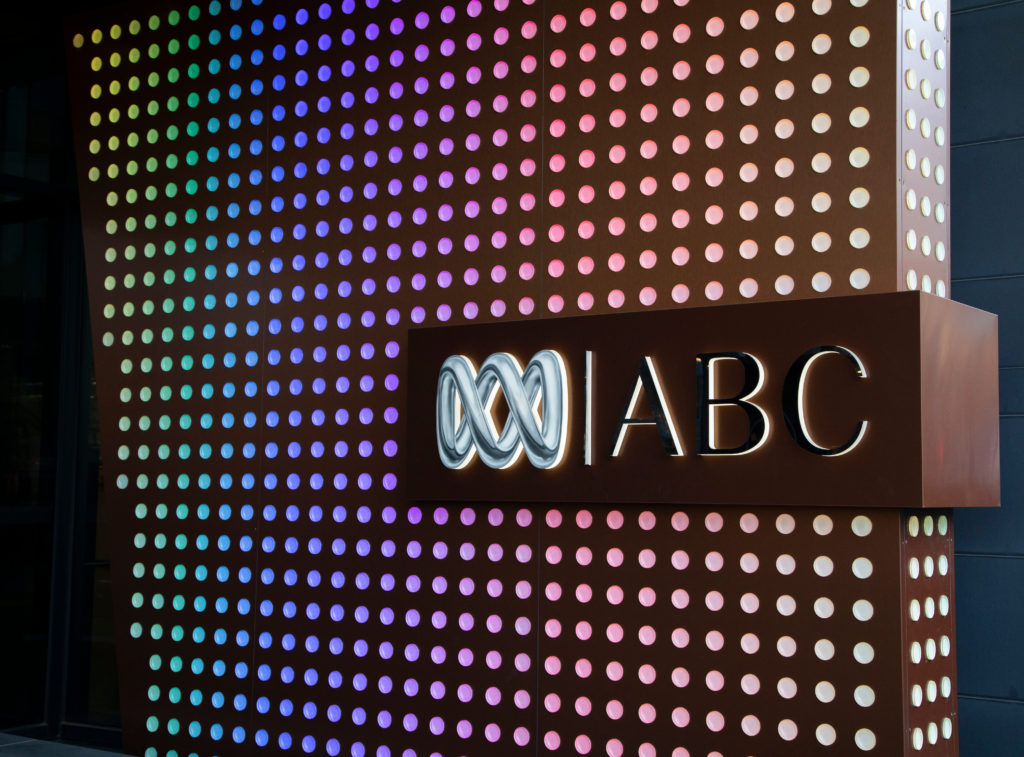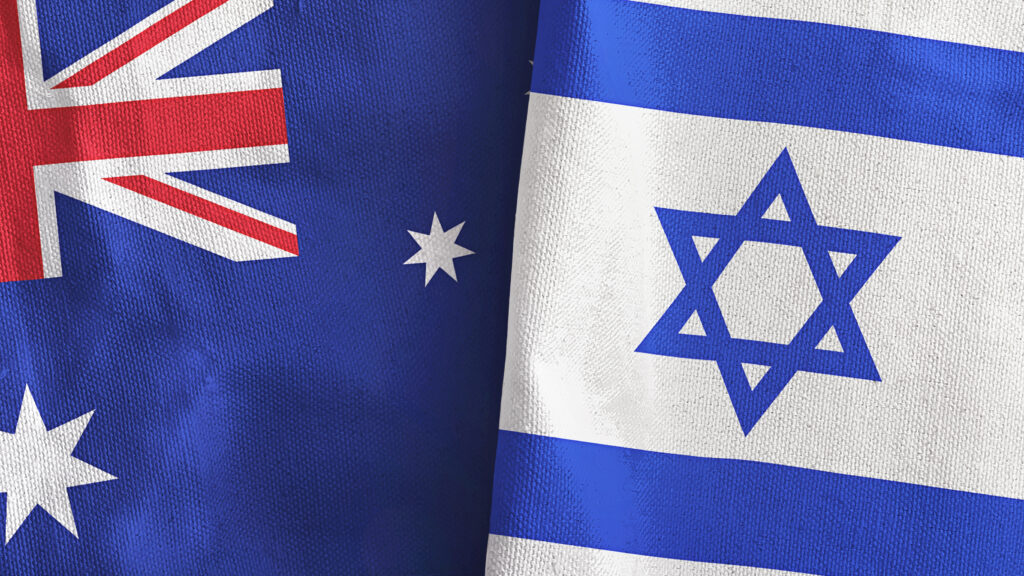FRESH AIR
Iranian human rights have significantly worsened since the “Woman, Life, Freedom” protests
December 18, 2024 | Alana Schetzer

What has changed in Iran over the past two years since the death of 22-year-old Mahsa Amini in September 2022, apparently at the hands of the regime’s ‘morality police’ who arrested her for failing to wear the hijab properly?
Contrary to the expectation of many observers during the unprecedented mass outcry and protest movement her death sparked, the last year has seen the war on the Iranian people’s human rights intensified.
The number of executions continues to soar, new laws have been introduced further restricting women, minority groups are increasingly being disproportionately targeted, and sexual abuse is being weaponised against those who defy the regime’s laws.
Today, the situation that Iranians face is, in many ways even worse than before the 2022-23 protest movement, known as ‘Women, Life, Freedom’.
The crushing of women’s basic human rights motivated 30-year-old Ahou Daryaei, a French language student at Islamic Azad University, to strip down to her underwear in November 2024 and walk around in public after she was assaulted by members of the brutal Basij paramilitary force, which is assigned with enforcing the country’s draconian dress code.

Ahou Daryaei, a French language student at Islamic Azad University, stripped down to her underwear in November 2024 after she was assaulted by members of the brutal Basij paramilitary force (Image: X)
She was quickly abducted and bundled into a car by the Islamic Revolutionary Guard Corps (IRGC). A spokesperson for Islamic Azad University, in Teheran, claimed that Daryaei “had a mental disorder” – a tactic that is increasingly being used to discredit women who challenge the regime’s oppressive laws.
And in early November, a 16-year-old girl from Teheran took her own life following several disputes with her school over her clothing, including her wearing jeans and not wearing a hijab. Her grieving father said the school had tried to prevent her enrolment with the claim that part of her hair was visible.
Protest suppression
Following the death of Amini, hundreds of thousands of Iranians took to the streets across the country in protest against the regime’s oppressive laws, which breach international human rights law.
Almost immediately, the Iranian regime launched a militarised response, which resulted in the mass arrests and detention of tens of thousands of people, and the violent deaths of more than 500 – a disproportionate number of whom were from religious or ethnic minority groups.
Security forces subjected protestors to inhuman conditions, forced confessions, torture, ill-treatment, rape and other forms of sexual and gender-based violence while in detention.
The state also restricted internet access or completely shut down internet across several provinces, including Iranian Kurdistan, Zahedan, Sistan and Baluchistan, to prevent protesters from either organising or informing others about police movements and threats.
The regime continues to silence victims and their families from speaking out about the horrific abuse they have suffered. In addition, human rights activists have reported that multiple women who refused to wear the hijab have been diagnosed with mental illnesses and forced to undergo psychological treatments.
New oppressive laws
In September 2023, Teheran passed the “Hijab and Chastity” law, which increased penalties for women who fail to adhere to the state’s already harsh Islamic dress code. The law equates a woman refusing to wear a hijab – which must be worn so tightly that no strands of hair are visible – to being naked. Punishments, including jail and fines, have been increased, and artificial intelligence is being used to help identify ‘offenders’.
Exiled Iranian journalist and human rights activist, Masih Alinejad, called the new law “gender apartheid” and a way to treat women like “second-class citizens”.
Under the law, women can be jailed for up to ten years, with harsher penalties reserved for high-profile people, such as celebrities and public figures, who encourage women to break the law or break it themselves. Other punishments include restrictions on overseas travel and access to the internet, and the forfeit of business profits. Businesses can also be shut down or heavily fined if a woman is seen onsite without a hijab.
In addition, the law also bans the importation and selling of prohibited clothing; expands gender segregation at workplaces, universities, hospitals, parks, and beaches; and increases the powers of security forces to confront and detain women for violating the law.
This law – which, at the time of going to press was awaiting final approval by new “reformist” President Masoud Pezeshkian – could include women who defy it receiving the death penalty.
There is no sign that Pezeshkian’s election in July is having any positive impact on the appalling human rights situation in Iran.
In addition to these legal changes, unofficial punishment by security forces, like the IRGC and the Basij paramilitary force, also continues. Such punishment includes beatings, torture and rape.
‘The Noor Plan’ – a nationwide campaign – was introduced on April 13 this year to further crush opposition to the new law, with additional Basij paramilitary units and plainclothes officers flooding the streets. Ghasem Rezaei, Iran’s Deputy Chief of Police, told the Iranian press, “The Noor plan has been issued within the framework of the belief and insight of the police force. As police officers, we are proud to implement God’s command.”
Increase in executions
In response to the public protests and international backlash, the regime has accelerated the number of executions, often ostensibly for drug-related charges, although human rights groups say most, if not all, of those convictions are a sham. Between January 2024 and the end of October 2024, Iran had already executed 639 people, including 21 women and one minor.
This follows the 834 people executed in 2023, including at least 22 women and seven minors. It was the highest number of executions reported since 2015. The majority of executions were for drug-related convictions (56%), murder (34%), Moharebeh (waging war against God),
Efsad-fil-arz (corruption on earth), and baghi (armed rebellion) (combined 5%), blasphemy or adultery (3%), and sexual assault (2%).
Iran’s justice system is notorious for its lack of independence, transparency, and fairness, including denying defendants access to due legal process, Many people are convicted on fabricated charges.
The Iranian regime uses a wide range of methods to carry out executions, most commonly public hangings, but also stoning, crucifixion, and firing squads.
Minority groups continue to be disproportionately represented in those executed, including Kurds, Afghans, Ahwazi Arabs, and the Baloch people. The latter make up less than five per cent of the population but are 20% of those executed.
Public amputations of people convicted of crimes such as theft have also ramped up – in late October, two men had four fingers on their right hands cut off.
Sexual abuse as a weapon
Widespread and systematic sexual abuse – against both women and men – is weaponised by Iran’s security forces as part of their efforts to stifle both the ‘Woman. Life. Freedom’ movement and other opposition to the regime’s cruel and oppressive laws. Chilling testimonies have been collected from victims detailing the abuse they suffered, which includes physical and psychological abuse.
One victim, Sanaz, said the abusers told her she would be killed and her death would be made to look like a suicide to “disgrace you and your family.” Another female victim left with kidney damage and unable to walk, remains under medical supervision. A male victim, who was forcefully penetrated with an unknown object, was left with a torn anus.
Victims have described the abuse as “deliberate and coordinated”, with victims usually blindfolded and some requiring medical treatment with antibiotics afterwards.
Minorities targeted
As well as being targeted by the Iranian regime with criminal charges and executions, ethnic and religious minority groups across Iran are being subjected to unlawful deaths, unnecessary use of lethal force, disappearances, torture and maiming, arrests and detention, rape and other forms of sexual abuse, and gender-based violence.
Women and children from these groups are especially targeted, together with Sunni religious leaders, minority rights activists, human rights defenders, and trade unionists. This follows decades of widespread discrimination and forced impoverishment of these groups, and indemnity for those who commit violence against them.
As part of this targeting, the Iranian regime uses covert software to surveil these groups; which is believed to be installed physically onto victims’ devices when they are detained. This spyware, called BouldSpy, is a highly sophisticated system that can extract all information from a device and monitor all activity both on the device and in its vicinity.
Iran’s minorities also face discrimination when it comes to accessing basic services and natural resources, such as water. With Iran experiencing severe drought and shortages, the regime is reportedly diverting water away from areas where minority communities live. They also do not receive proper funding for basic infrastructure. This in turn is having a devastating impact on the environment and the ability of minority populations to earn livelihoods, further isolating them.
To justify this ongoing surveillance and persecution, the regime has created a narrative that these minority groups are a threat to national security.
Tags: Iran, human rights
RELATED ARTICLES

Sentencing for antisemitic vandalism “manifestly inadequate”: Joel Burnie on Sky News

“Bittersweet” aftermath of hostage release deal: Joel Burnie on Sky News




